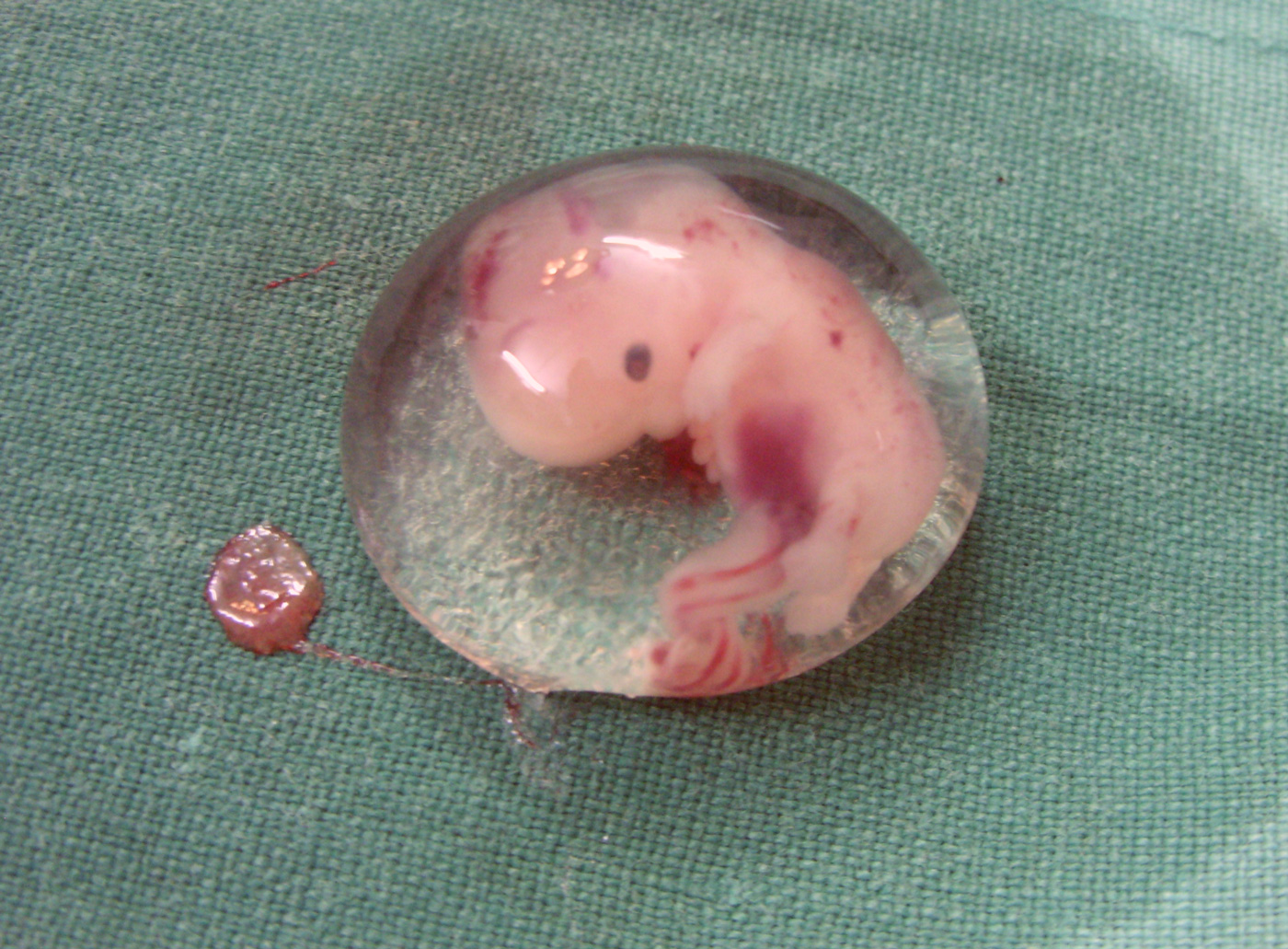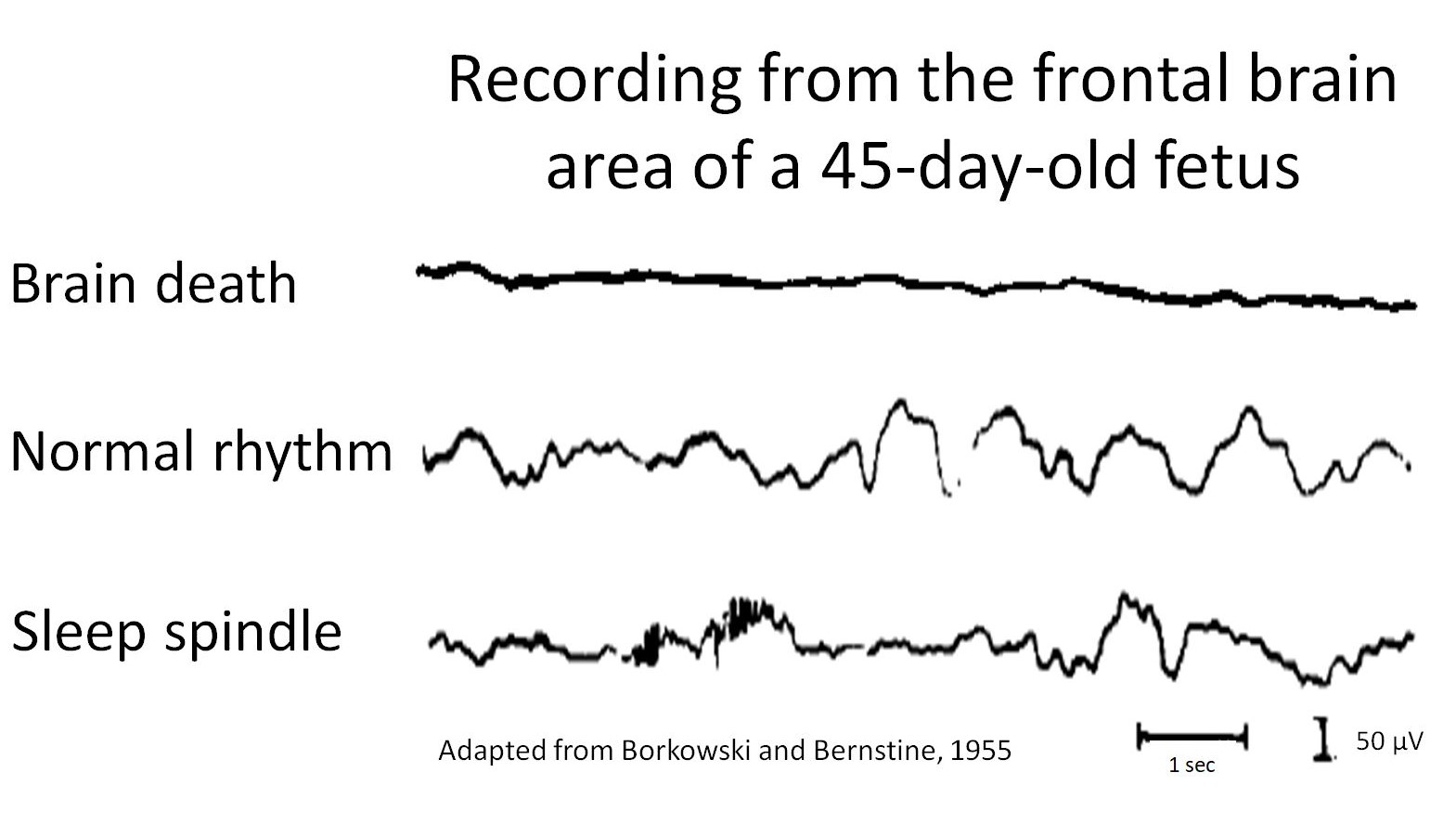Become A Defender of Life
Your donation helps us continue to provide world-class research in defense of life.
DONATECharlotte Lozier Institute
Phone: 202-223-8073
Fax: 571-312-0544
2776 S. Arlington Mill Dr.
#803
Arlington, VA 22206
Brain Activity in the Unborn

In the 1950s, two pro-life researchers recorded brain activity from six very young embryos using an electroencephalogram (EEG). They wanted to understand the capabilities of young embryos. These embryos had to be removed because they had implanted in their mothers’ fallopian tubes, called an ectopic pregnancy. If an embryo grows too large inside a mother’s fallopian tubes, the fallopian tubes may rupture, causing severe internal bleeding and sometimes death. These researchers did not want to destroy the embryos, but had to remove them in order to save the mother’s life (personal communication with Winslow Borkowski’s son).
EEGs cannot tell scientists what a person is thinking and feeling, but they can show what state of consciousness a person is in, such as being asleep or awake. EEGs can also show that the brain is sensing and perceiving its environment. For example, EEG recordings from premature babies show how the brain responds to flashes of light at 28 weeks gestation.2
The scientists observed multiple brain rhythms from the embryos. This shows that the neurons were not randomly firing but were connected to one another and synchronizing their activity. The scientists observed two patterns that resembled different types of sleep, and they kept recording until they finally observed brain death.3 If the absence of brain activity signals brain death, then the presence of brain activity indicates brain life. This brain activity can clearly be seen 45 days after conception.










